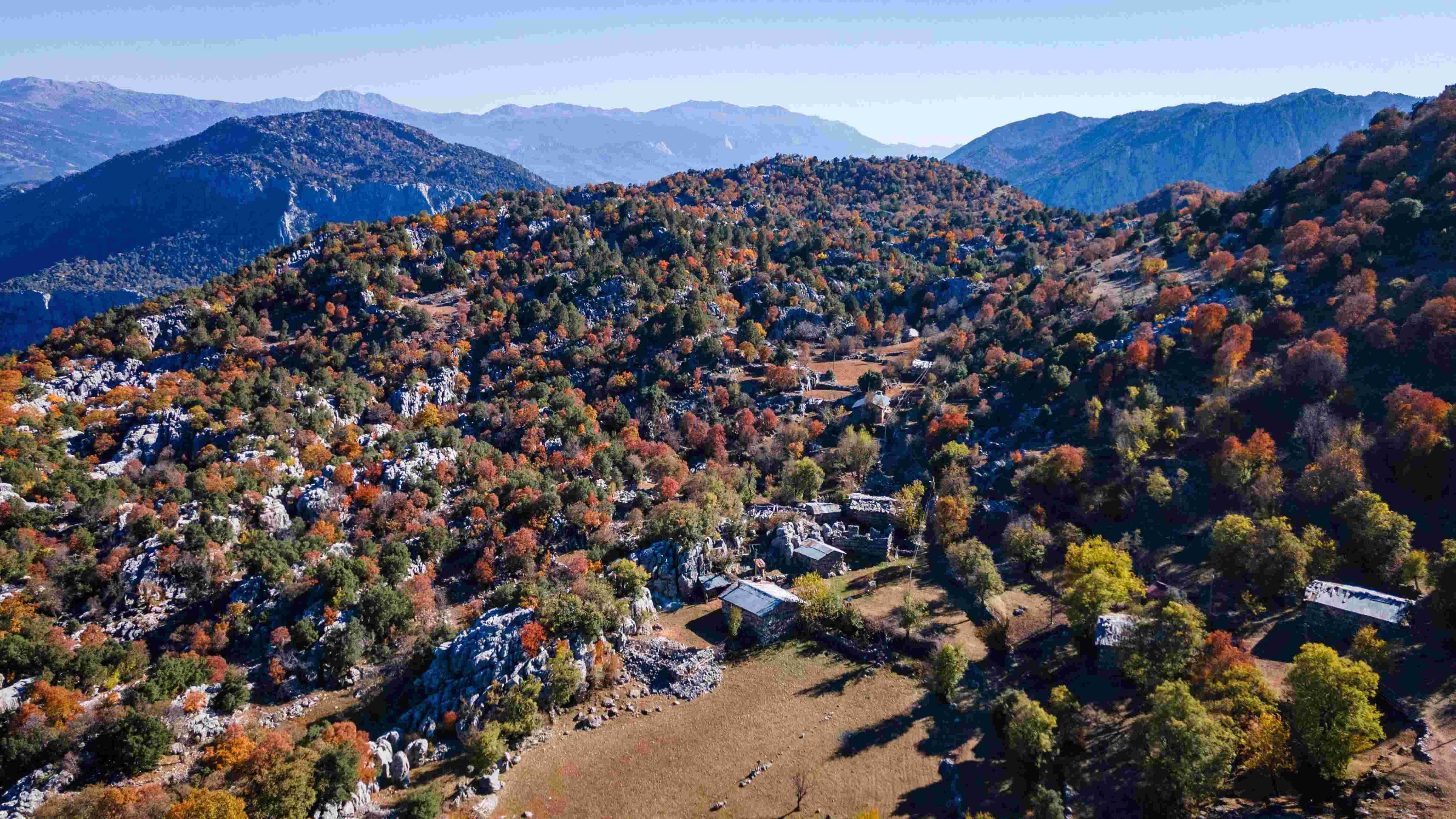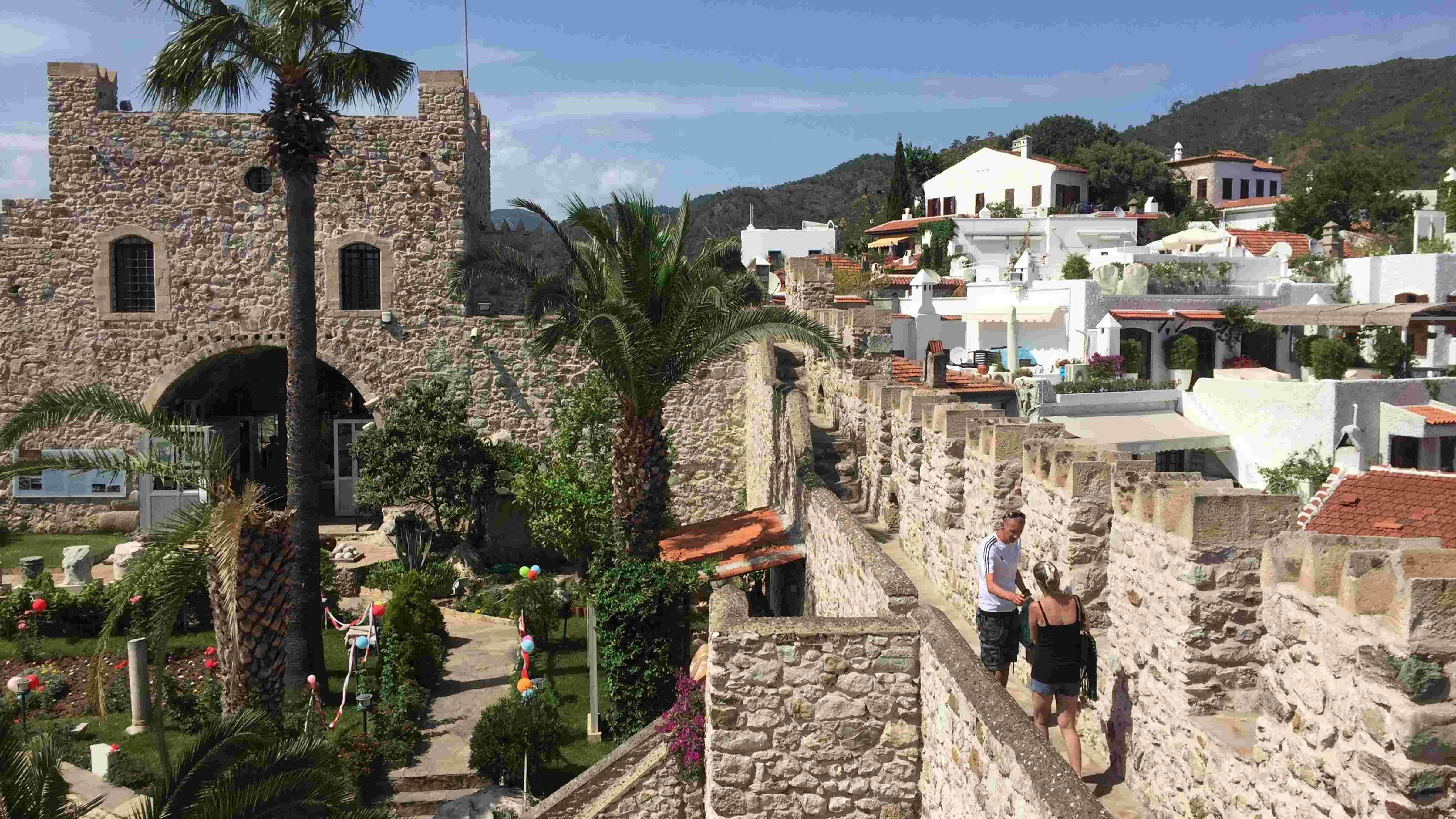Abandoned village in western city emerges as tourism hub
ISPARTA

A village once abandoned due to wolf attacks in the western province of Isparta has emerged as a popular destination for nature enthusiasts, captivating visitors with its unique cultural architecture and breathtaking scenery.
Beydilli hamlet, located in the Sütçüler district of the city and renowned for its historical and cultural heritage, preserves authentic remnants of Turkish nomadic culture, captivating tourists with its unique setting on high hills, at 1,250 meters above sea level.
Located approximately 45 kilometers from the Sütçüler district and 20 kilometers from Kesme town, the community was designated an "Eco-Cultural Village" by the Isparta Governor’s Office in 2006, which led to the renovation of eight homes, including a village mansion.
The houses, distinguished by their unique architecture and the seamless blend of wood and stone, with roofs made from cedar and juniper trees, were later repurposed as guest accommodations.
Typically, the village's homes are two-story structures, with living quarters on the upper floor and animal shelters below. The newly constructed school building stands as the only exception to the village's strict adherence to preserving its traditional architecture.
Before the wolf attacks on livestock, the hamlet residents largely relied on small-scale livestock husbandry for their livelihood. Today, only a few families remain in the village due to the rapid exodus from the region.
However, hiking enthusiasts are especially drawn to the authentic atmosphere and deserted look of Beydilli hamlet.
Though seemingly lost in nature, the town offers a unique visitor experience where history and the environment are intertwined. Accessible only via challenging mud and stone paths, Beydilli hamlet is being revived by the curiosity of nature enthusiasts and is awaiting many more to explore its rich natural and cultural heritage.
















